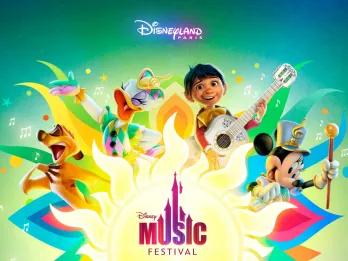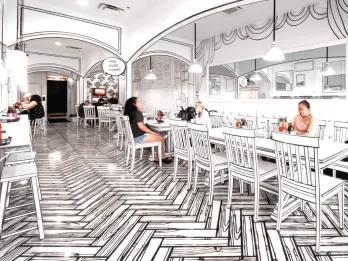
Hands up anyone who knows that Orlando is 150 years old this month? Hmmm. Not many of you. But don’t worry! You are definitely not alone, and it is an anniversary that has crept up on us, too. But there’s still all year to celebrate, so let’s get this party up and running.
It will probably come as a surprise to most of our visitors that this former frontier cowtown was founded way back in 1875, and it was a long way removed from its current designation as The City Beautiful, as well as the Theme Park Capital of the World.
But, 96 years before Walt Disney World opened its gates in a relatively obscure part of Central Florida, this was a fledgling settlement with some surprising British history and, while it was slow to develop in the first half of the 20th century, it has raced along in leaps and bounds since then, and is currently the third-fastest growing city in the US.
Not bad for a small settlement that was founded as a cattle development, with ranches spread out to the east and south, and colourful characters like Bunk Baxter, alligator wrestler (a local ranch owner who used to put on gator demonstrations in the downtown main street in the 1880s).
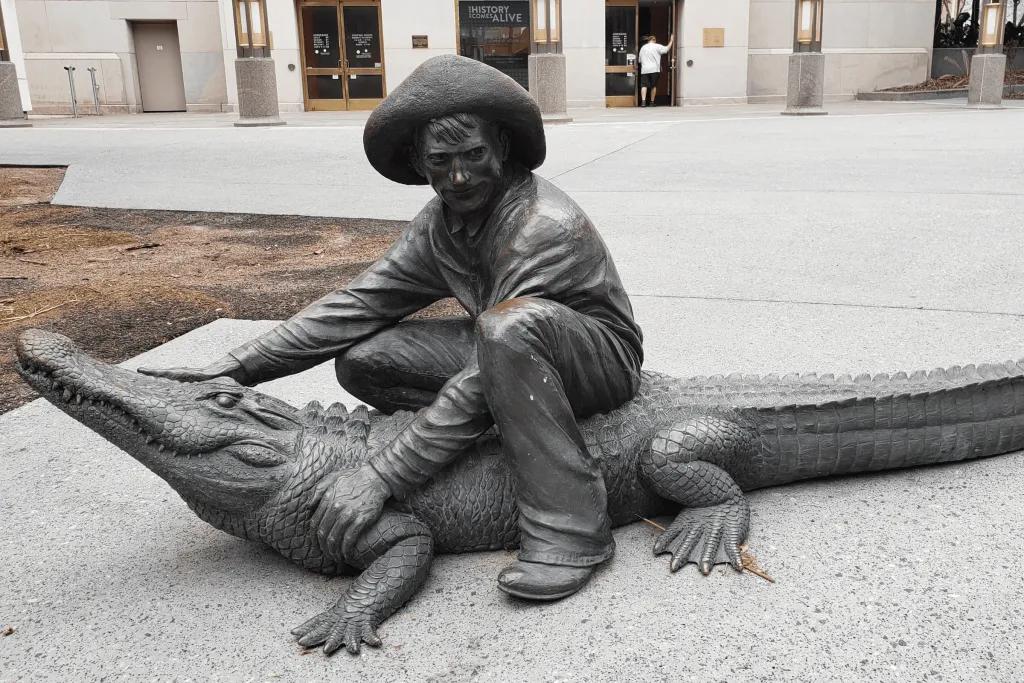
The original history of Orlando obviously lies with the native American peoples who inhabited the Florida peninsula roughly 12,000 years ago, but few signs of them remain today. Their ancestors began to make more of a mark around 2,000BC and they formed complex communities, especially in the northern half of the state.
The arrival of Spain’s conquistadores in the early 1500s changed things completely, forcing the native tribes off their traditional lands at the same time as sparking colonial skirmishes between the Spanish, French and British for this New World territory. Florida came under US governance in 1822, creating more conflict with the Seminole tribe, and the first landmark in Orlando’s history arrived in 1838 with the establishment of Fort Gatlin at the start of the Second Seminole War.
Inevitably, a small settlement grew up around the Fort, originally called Jernigan in 1850, only to be renamed Orlando in 1856 after a fallen soldier by the name of Orlando Reeves (at least, that is one of four theories about the naming!). Nineteen years later, the town was officially incorporated, population exactly 85.
Or, as it is recorded in Orlando: A Centennial History by Eve Bacon: On June 23, 1875, the residents of the Village of Orlando held a public meeting at which 29 qualified electors were present. It was decided to take the necessary steps to incorporate the village under the laws of the State. Accordingly, an election was called for Saturday, July 31, at which 22 qualified electors were present and voted. It was decided at this election that the village should be incorporated by the name of “Orlando,” and that the boundaries should be “one mile due east, one mile due west, one mile due north (from the courthouse) forming a square.”
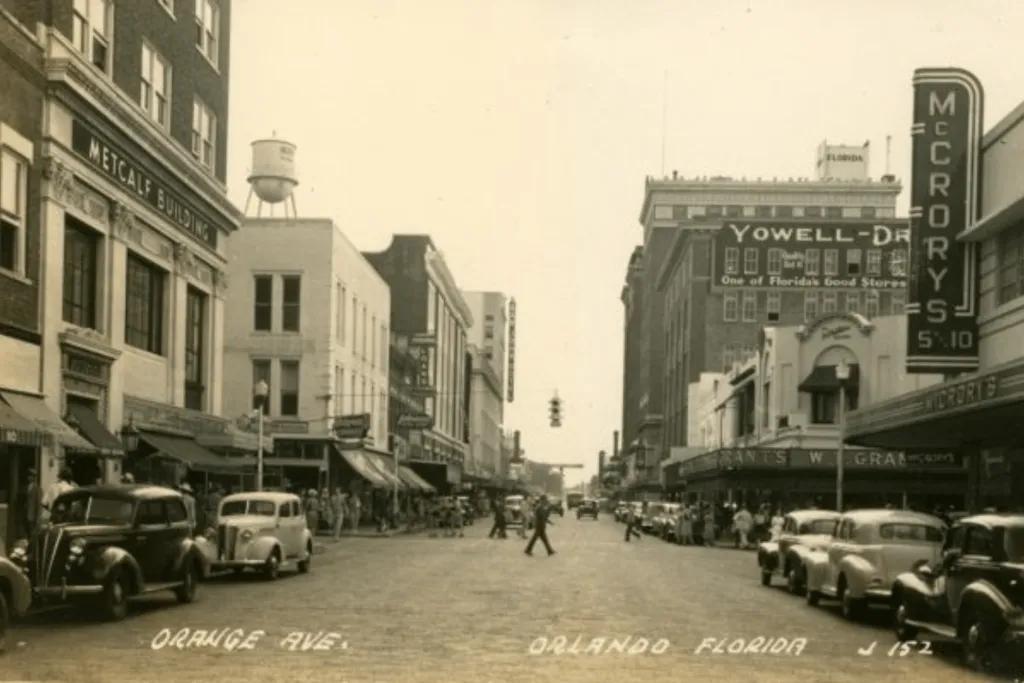
In the next 25 years, it would become the centre of Florida’s citrus industry and then a major winter holiday retreat for wealthy northerners, with the creation of suburbs like Winter Park, Windermere, Winter Garden and Winter Springs. A major army base in World War II, the city blossomed after the War with more military installations, including what is now Orlando International Airport but started out as McCoy Air Force Base. Aerospace company Lockheed Martin and NASA became industry leaders, and then a certain Walter Elias Disney happened along in 1963.
Looking for a second US site for his growing theme park business, he noticed Orlando sat on two major road routes through the region as well boasting the main railway from the north-east and a fledgling airport. Walt Disney World took another eight years to design and complete, but the opening of Magic Kingdom Park in 1971 put the city on the fast-track to tourist success, and it has flourished ever since.
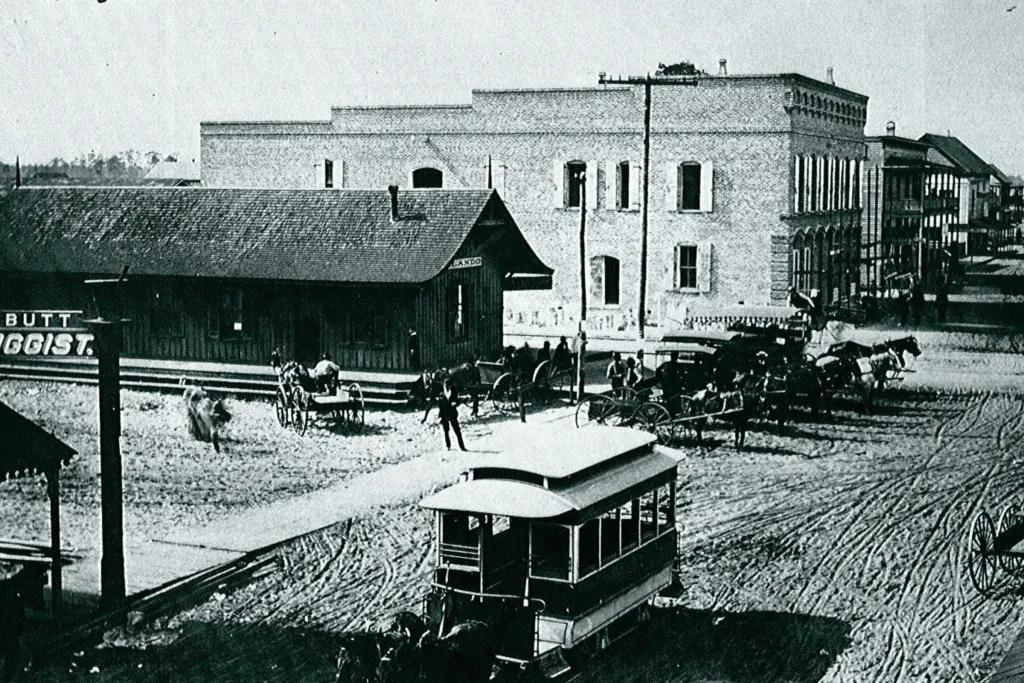
Now, we can look forward to a variety of different events to commemorate that 150th year, which was acknowledged by Mayor Buddy Dyer on February 4 at a special ceremony outside City Hall, unveiling a year-long celebration filled with community events, historical exhibits and public art installations. Residents and visitors alike will have the opportunity to participate in a variety of activities, including volunteering, supporting local businesses and exploring the city’s rich history.
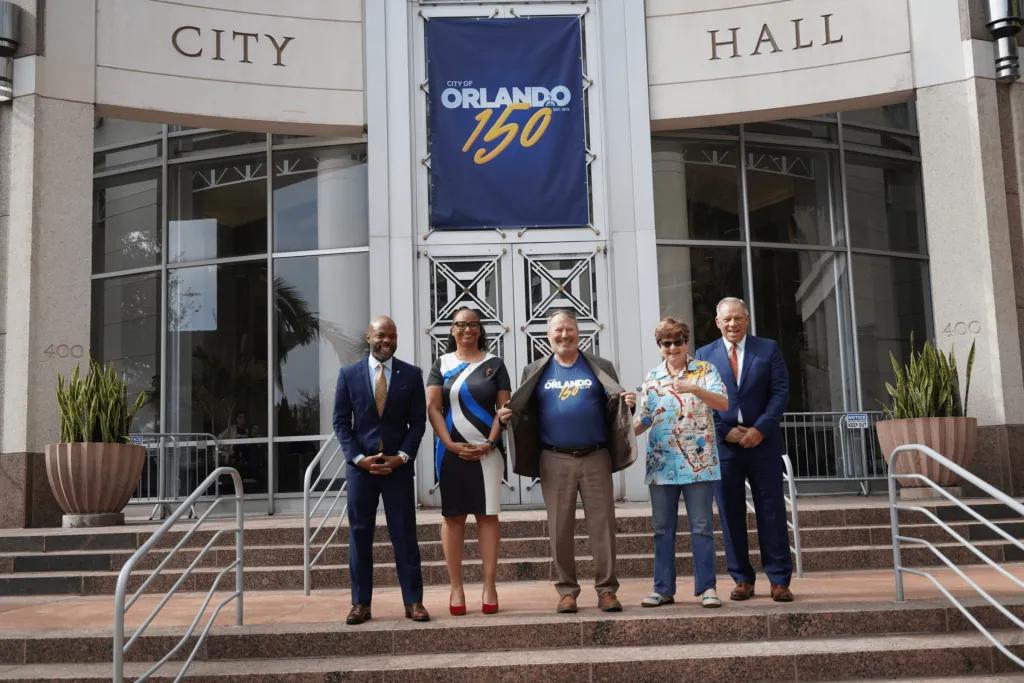
Central to the anniversary will be the downtown Orlando Orange County Regional History Center, which will present the keynote Orlando Collected exhibit, opening at the beginning of April. This historic showcase will highlight 150 unique items donated by local individuals and organisations, offering a fascinating window onto the city’s rich history.
Then, this summer, the Changing Face of Orlando: A Sesquicentennial Celebration public art exhibition will feature a striking visual comparison of historical photographs paired with their modern-day counterparts, illustrating the city’s remarkable transformation since 1875. The year-long celebration will reach its peak on July 31 with a city-wide service event and free admission to popular attractions, including the beautiful Leu Gardens and super-cute Mennello Museum of American Art. Also, be sure to check out the Queen Anne-style CityArts building in downtown, which is the oldest commercial structure from that period, dating back to1886. Built by British businessman Gordon Rogers, it was originally known as The English Club for newly-arrived British immigrants (of which there were a good number from 1883-1896 on the promise of cheap land).
There are other highly worthwhile heritage museums that also tell the story of Orlando over the decades, notably its African-American history at each of the Wells’Built Museum in Parramore, the Hannibal Square Heritage Center in Winter Park, and the Zora Neale Hurston Museum in the municipality of Eatonville, which was the first self-governing black town in 1887.
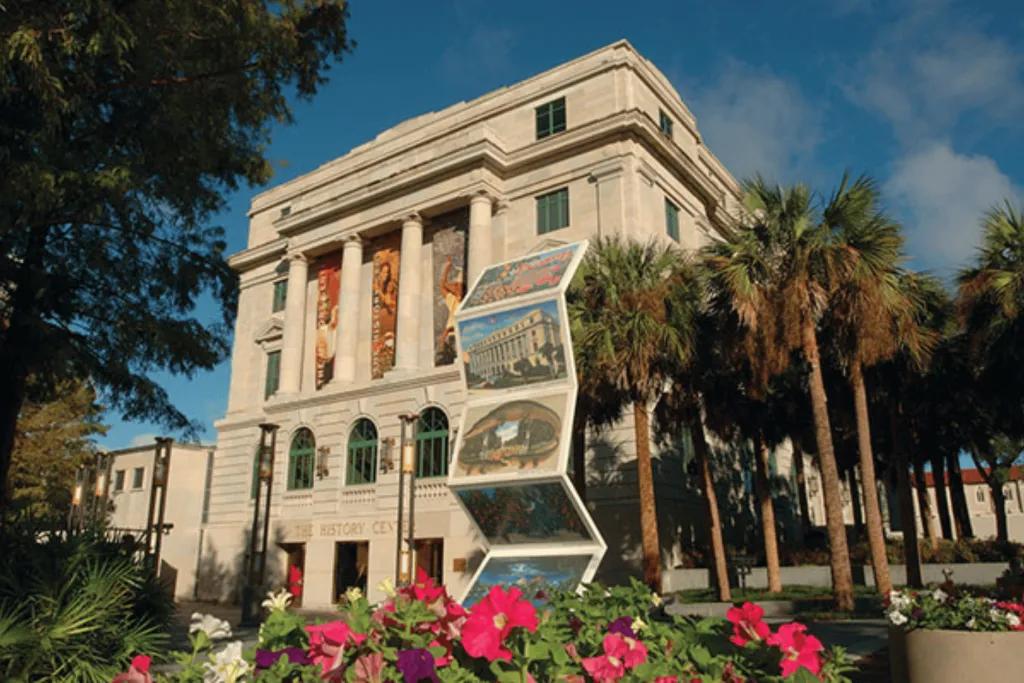
It all adds up to a splendid journey through an immense period of history for our little corner of the state, one that has encapsulated the ups and downs of the 20th century, the Great Depression, the Cold War years (when McCoy Air Force Base was on full alert during the Cuban Missile Crisis of 1962), the tragic freezes that devastated the citrus growers, the Apollo moon missions and the arrival of a certain Mouse, and his friends.
You see – and you all thought Orlando was just about the theme parks!
- For more details on the anniversary, see https://www.orlando.gov/Our-Government/History/150-Anniversary.
Have you visited any of Orlando’s historic spots? Tell us about them on the friendly AttractionTickets.com Community Facebook page, on X (formerly Twitter) or Instagram.



